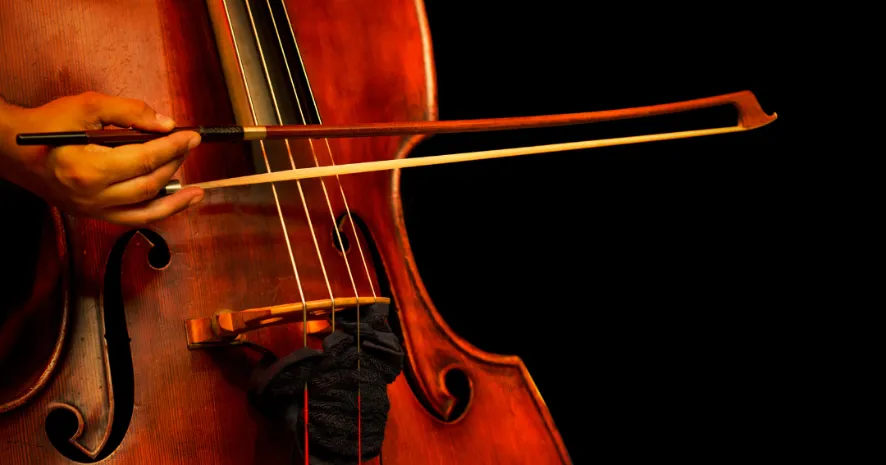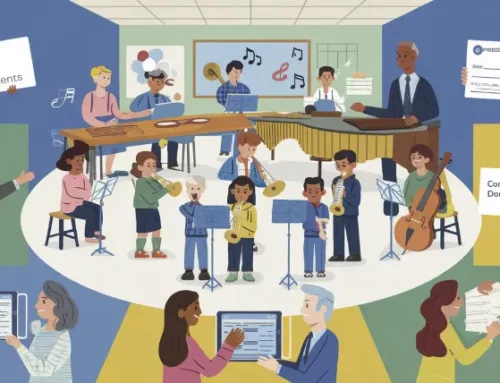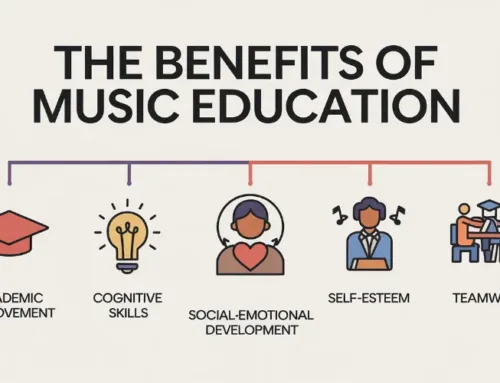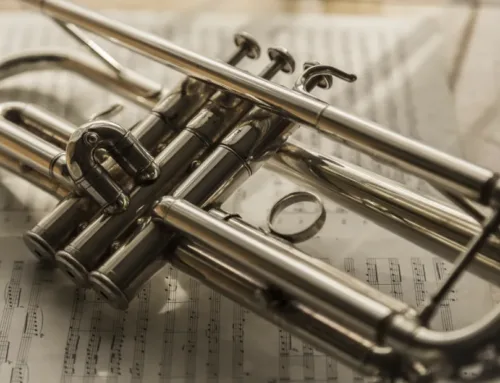Introduction:
When Maria’s daughter came home from school one day, excitedly announcing her desire to play the double bass, Maria knew she had some research to do. As a parent, navigating the world of double basses can be overwhelming, especially given the instrument’s generous size and unique challenges. In this article, we will explore the key factors to consider when choosing a double bass for your beginner, including size options, quality indicators, and whether to rent or buy.
Double Bass Sizing Options
One of the most important aspects of selecting a double bass for your child is ensuring they have an instrument that is properly sized for their body. Playing on a double bass that is too large or too small can lead to discomfort, poor technique development, and frustration. Here are the common double bass sizes available:
– 1/4 size: Suitable for children around 4’6″ to 5′ tall
– 1/2 size: Appropriate for children and adults between 5′ and 5’6″ tall
– 3/4 size: Fits individuals between 5’6″ and 6′ tall
– 4/4 size (full size): Designed for players 6′ and taller
To determine the right size for your child, have them stand with their arms at their sides. The scroll of the double bass should reach the player's eyebrows when the instrument is standing on the floor. Keep in mind that children grow quickly, so it may be necessary to upgrade to a larger size every few years. For a visual guide to double bass sizing, see The Luthier Shop's article on the best double bass sizes for children.
Quality Indicators
When shopping for a double bass, it is essential to know what separates a high-quality instrument from a subpar one. Here are some key quality indicators to look for:
- Wood quality: Look for a double bass made from solid, well-seasoned wood, such as spruce for the top and maple for the back, sides, and neck. Avoid instruments made from laminated or compressed wood.
- Craftsmanship: Inspect the double bass for clean, precise craftsmanship. The seams should be tight, the finish should be even, and there should be no visible glue or wood filler.
- Hardware: Check the tuning machines, tailpiece, and endpin for smooth operation and durability. Cheap, flimsy hardware can lead to tuning stability issues and premature wear.
- Sound: A high-quality double bass will have a rich, full tone with good projection. If possible, have an experienced double bassist play the instrument to assess its sound quality. As renowned double bassist Gary Karr notes, "The sound of the instrument is the most important thing. It's what inspires you to keep playing and practicing."

Rent vs. Buy
Another major decision when selecting a double bass for your beginner is whether to rent or buy the instrument. Both options have their pros and cons, which we will explore below.
Renting a double bass:
– Pros:
– Lower upfront cost
– Ability to upgrade to a larger size as your child grows
– Option to try different instruments before committing to a purchase
– Cons:
– Ongoing rental fees can add up over time
– Limited selection of instruments available for rent
– Potential for wear and tear from previous renters
Buying a double bass:
– Pros:
– Long-term cost savings compared to renting
– Ability to select a high-quality instrument that meets your child's specific needs
– Sense of ownership and pride in the instrument
– Cons:
– Higher upfront cost
– Need to purchase a new instrument as your child outgrows their current size
– Responsibility for maintenance and repairs
For more information on renting vs. buying a double bass, check out our video
Supporting Your Child’s Musical Journey
Choosing the right double bass is just the first step in your child’s musical journey. Here are some additional tips for supporting their growth and development as a young musician:

- Encourage regular practice: Help your child establish a consistent practice routine and create a dedicated space for them to play their double bass at home.
- Find a skilled instructor: A qualified double bass teacher can provide your child with proper technical guidance, feedback, and motivation. Look for instructors who have experience working with young beginners.
- Expose them to live performances: Attending concerts featuring double bassists can inspire your child and give them a sense of what is possible with dedicated practice.
- Celebrate progress: Acknowledge your child's hard work and progress, no matter how small. Celebrating milestones like mastering a new technique or performing in their first recital can boost their confidence and enthusiasm for playing.
Conclusion:
Selecting the right double bass for your beginner is a major decision that can impact their musical development and overall enjoyment of the instrument. By understanding key factors like size options, quality indicators, and whether to rent or buy, you can make an informed choice that sets your child up for success.
Remember, learning any musical instrument takes dedication and practice. Providing your child with a well-suited, quality double bass is just the first step. Encouraging regular practice, seeking guidance from experienced teachers, and fostering a love for music will help your child grow into a confident, skilled double bassist.
For parents looking for comprehensive online resources to support their child’s double bass education, Practicing Musician offers a wealth of free, high-quality video tutorials and learning materials. Their micro tutoring sessions also provide affordable, personalized feedback from experienced instructors, ensuring your child receives the guidance they need to thrive as a double bassist.








Leave A Comment
You must be logged in to post a comment.